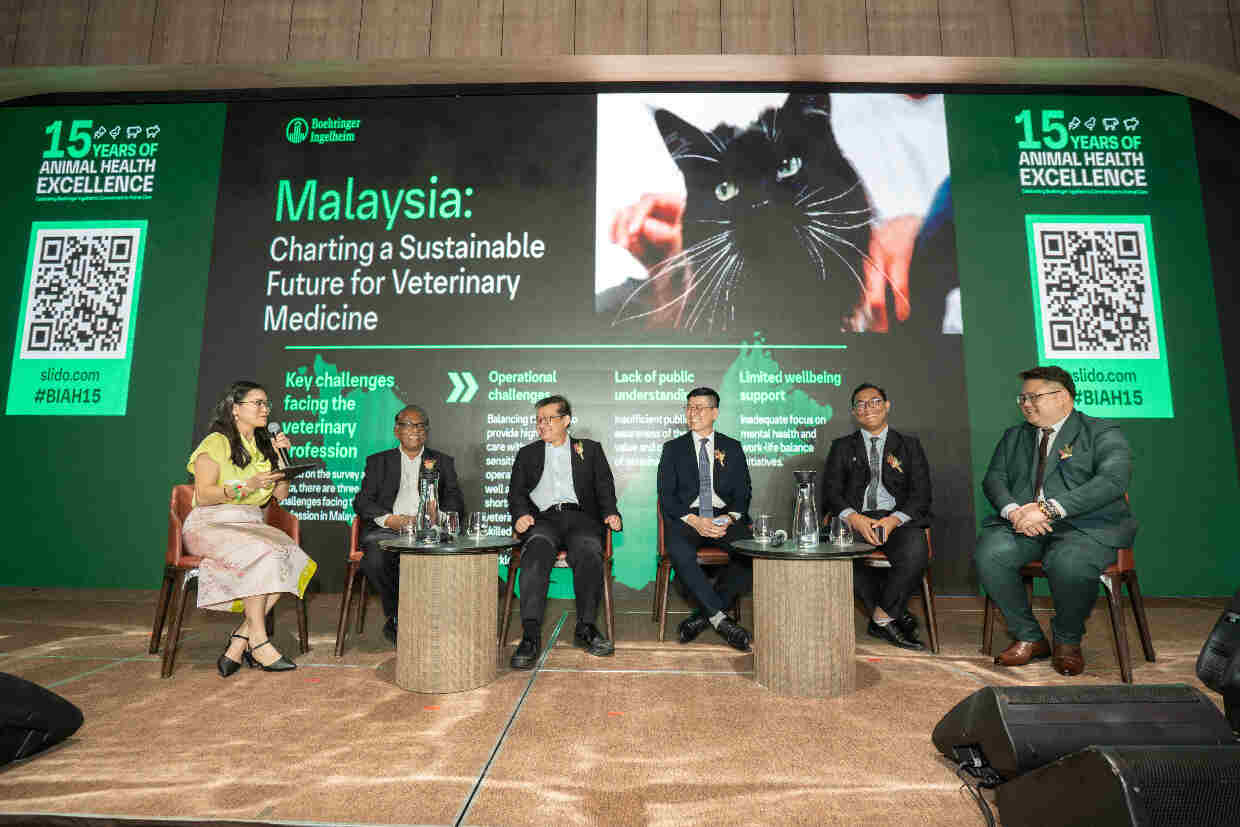By: Jiwi Kathaiah
Batu Arang was Malaya’s only coal mining town. It was known as the “black gold” mine. Located some 45km north-west of Kula Lumpur, is no longer the vibrant revolutionary town that it was some 80 years ago. Present-day Batu Arang, a small town stripped of its former dynamism, launched its Karnival 100 Tahun on 16 October.
The action-oriented town of old appears unsure of whether it has really reached a ripe 100 years of age, or is moving towards it, come 2013!
But Batu Arang holds in its bosom the stories of its early settlers, the Chinese and the Indians, which are yet to be researched and recorded.
It is mostly conceded that for almost 50 years, from 1915 to 1960, especially during the Second World War, the contribution of Batu Arang to the British Malayan economic activities was vital.
Batu Arang was so important to the energy needs of the country that it was believed that whoever controlled Batu Arang would have a stranglehold on Malaya’s future.
For these reasons, the British Malayan government; the Japanese occupation government; and the Communist Party of Malaya, struggled in their own way to gain and maintain their control of coal production from Batu Arang’s mines.
The jungle that was Batu Arang in the early 20th century was turned into a bustling industrial town with the aid of British and some Chinese investment. The hard-labouring Chinese and Indian workers, toiling 24 hours over an 8-hour, three-shift regimen, would sometimes be met by death several thousand feet below. It was this ‘enterprising spirit’ of all Batu Arang’s stakeholders that made it the heartbeat of the nation.
Batu Arang was living proof that unless labour was exploited, capitalism could make no headway.
The coal mine workers who had come from China and India were employed on contract basis. The workers thus exploited turned their minds to resistance.
The news of workers’ struggles in other countries, and their experience of the same, ushered them towards unionisation. The Communist Party of Malaya had been born around the same time, and assisted them by providing the wherewithal for their struggle.
It is interesting to note that SA Ganapathy, president of the Pan Malayan Federation of Trade Unions (PMFTU), which was formed in the late 1940s, used to visit Batu Arang frequently to meet with the leaders of the Colliery Workers Union (CWU). Ganapathy would be arrested in Waterfall Estate, between Rawang and Batu Arang, and hanged in 1949 in Kuala Lumpur by the British.
“Soviet government”
While today our history professors Kiling and Kang Kong may argue about whether the British ever ruled Malaya, the workers of Batu Arang would have had no illusions: the British were the rulers to be ousted to set up their own government!
In November 1936, they went on a strike, and again, on March 24, 1937, between 5,000 to 7,000 in number. They captured the colliery and the town and proclaimed their own “Soviet government”. Thus was founded “the first communist Soviet in modern Malaysian and Singapore history”.
Acutely aware of the danger that this “Soviet” posed to British interests in Malaya, the British High Commissioner, Shenton Thomas, moved to crush the uprising with 250 policemen and 200 Malay Regiment soldiers. The town was recaptured by the British on April 2, 1937. For seven days, the workers’ “Soviet” had ruled Batu Arang.
The indomitable fighting spirit of the Chinese and Indian workers of the Collieries struck again in January 1947 and lasted until March. This strike did produce good returns for the workers.
In the midst of their poverty, the mine management’s simultaneous obstinance and concession-making, Batu Arang continued to grow and the jungle became “the second most populous town in Selangor.”
Mostly peopled by Chinese and Indians, and a few Malays, Batu Arang still is an abode of charm and peace. A commentator on Malaysiakini describes Batu Arang as “a fountain of peace and a cauldron of revolutionary spirit, all at the same time.”















